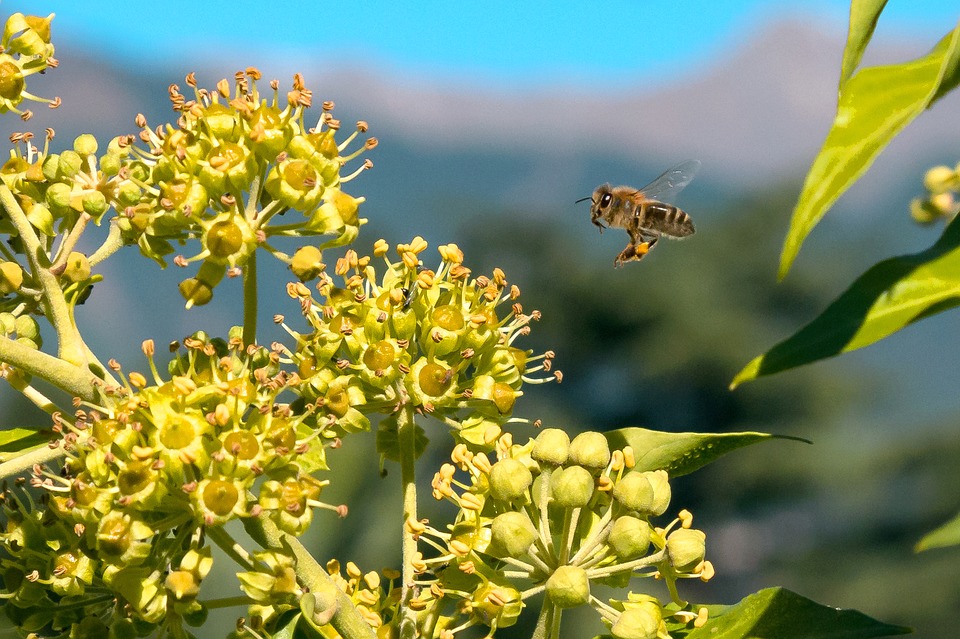Scientists at the Bose Institute, Kolkata, under the leadership of Prof. Shubho Chaudhuri, have identified a novel gene,
HMGB15, which plays a crucial role in the development of stamens (male reproductive structures) in Arabidopsis, a flowering plant closely related to crops like cabbage and mustard. This discovery provides new insights into pollen grain development and seed formation, paving the way for innovative strategies to boost crop fertility and seed yield.
The Significance of Pollen in Plant Reproduction
Pollen formation represents a critical stage in the life cycle of flowering plants. Acting as the male gametophyte, pollen grains are responsible for delivering genetic material to the embryo sac during fertilization. Viable pollen grains must germinate on the stigma, extend pollen tubes through the style, and deliver sperm cells to the ovary for successful seed set.
Two key traits—pollen germination speed and pollen tube growth rate—determine the reproductive success of flowering plants. A faster-growing pollen tube increases the chances of successful fertilization, especially in competitive environments where multiple pollen grains compete to reach the ovule.
The structural integrity and biochemical composition of pollen walls play an equally important role, influencing the grain's ability to interact with the stigma, hydrate, germinate, and grow pollen tubes.
Discovery of HMGB15 and Its Role
The research team discovered that HMGB15, a non-histone chromatin remodeling protein, is vital for proper pollen development and the overall reproductive process in Arabidopsis. Their findings indicate that a mutation in the HMGB15 gene causes significant disruptions, including:
Reduced pollen grain viability.
Defective pollen wall patterning.
Slower pollen tube germination and elongation.
Shorter filaments unable to reach the stigma.
Significantly reduced seed production.
The abnormalities in mutant plants were traced to disruptions in critical gene regulatory networks essential for pollen development, maturation, and pollen tube germination.
Molecular Insights into Pollen Development
The study revealed that HMGB15 mutants show severe impairments in several developmental pathways:
Jasmonic Acid (JA) Biosynthesis: This phytohormone is crucial for stamen development and pollen maturation.
Tapetal Cell Apoptosis: The programmed death of tapetal cells is essential for releasing mature pollen grains.
Actin Polymerization Dynamics: Proper actin filament assembly is required for pollen tube growth and elongation.
Implications for Crop Fertility and Food Security
Arabidopsis, as a model organism, offers a window into the molecular intricacies of plant biology. The insights gained from HMGB15 provide a foundation for genetic interventions to enhance fertility and seed production in economically important crops. By improving pollen viability and fertilization success rates, the findings hold significant promise for addressing challenges in agriculture, such as increasing crop yields in a changing climate.
Future Directions and Acknowledgments
The findings have been published in Plant Physiology (Sachdev et al., 2024) and Plant Reproduction (Biswas et al., 2024), underlining their significance in the scientific community. The work was financially supported by the Science and Engineering Research Board (SERB), India.
Further research aims to explore the potential of HMGB15-based genetic tools to optimize seed production in staple crops like wheat, rice, and mustard.
This groundbreaking discovery exemplifies how fundamental research in plant science can lead to tangible solutions for enhancing agricultural productivity and ensuring food security in the future.











